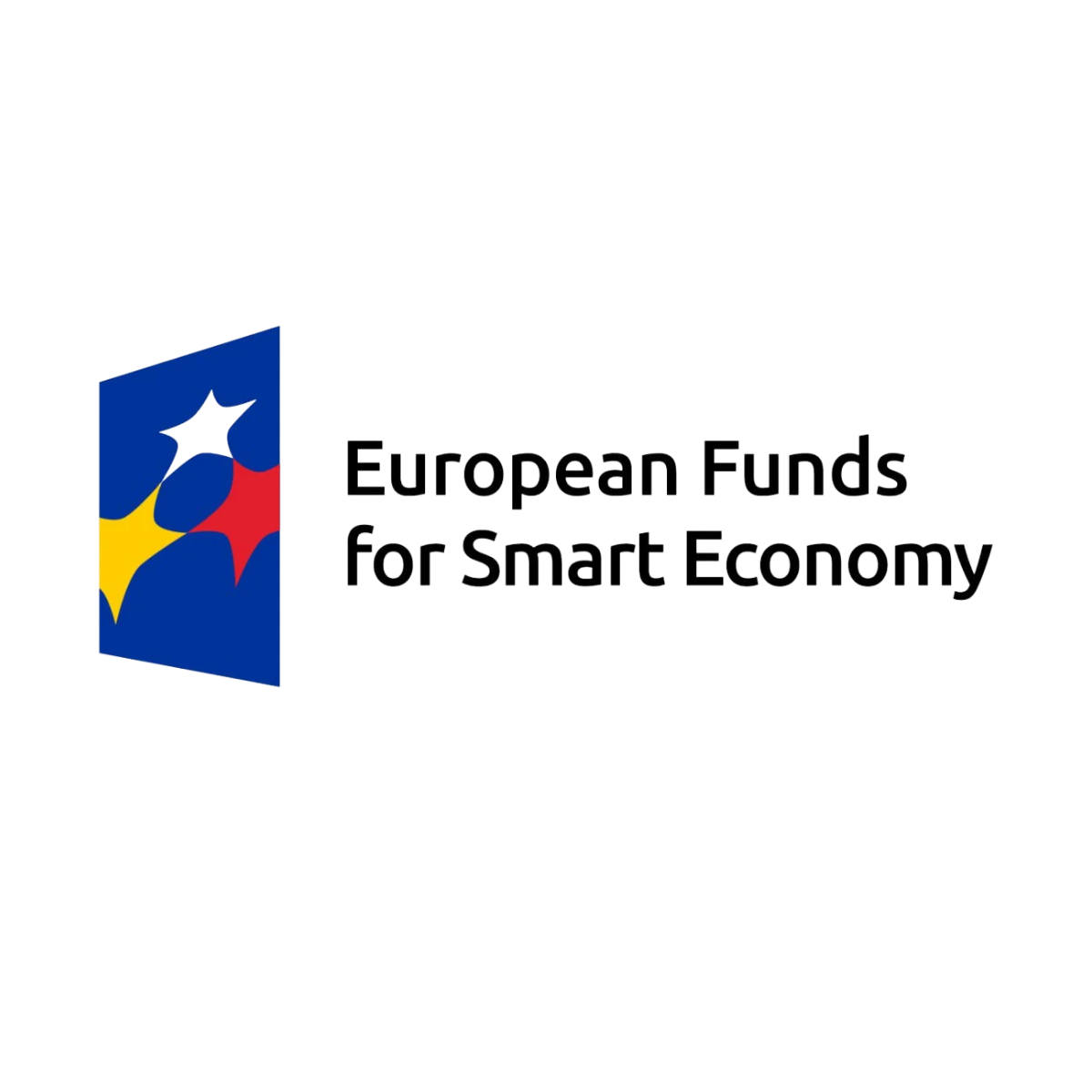How can I get my startup funded? The VC screening process
How do venture capitalists make decisions? What are the criteria they consider? and how does the process work?
Published on March 5, 2020
A lot of startups wonder about how exactly the investment process works. They wonder: How do venture capitalists actually make decisions? What are the criteria? How does the process work?
There are essentially 2 stages to the ways that VCs screen investments. The first stage is the initial screen, and this is a VC specific screen. At this stage the VC applies their own criteria, asking “Does it fit our investment profile?”.
Initial screening
The kind of criteria that they will look at will include the size of the investment. For example, if they only invest between £1m and £5m and they are reviewing an investment case for £0.5m it clearly does not fit their criteria. Another initial screening criterion is the investment policy of the fund. Does the investment fit their technological requirements, geographic requirements, or stage requirements? For example, if it’s an early seed stage or Series A funding, perhaps it doesn’t fit their criteria of doing Series B funding and beyond. A third category of initial screen is sector fit – so, if the fund specialises in Fintech and the submission is a Biotech opportunity, then clearly that does not fit. The purpose of this initial screen is to answer the question of should the VC spend any further time on the opportunity. It is therefore superficial, a ‘quick and dirty’ review, which if successful then leads to the more detailed main screening process to follow.
Management, market, competition
So, when we come to the main screening process, published research and management practice tends to highlight 3 broad categories that are looked at. First is the management, second is the market and third the competition.
Regarding management, it’s very important for the VC to understand that the team being reviewed has the talent, the appetite, and the capability to support the business plan being presented. Fundamentally, any investment is one in management, since it’s the management that will be trusted to deliver. It’s therefore important that the management team and talent that are available are appropriate to the market challenge that is being faced by the opportunity.
The second category is market. Is the market attractive? Is the market appropriate? Does the market have long term appeal? An important point here is the size of the market and its growth rate. These are two of the most important criteria when looking at the market question. Venture capitalists like to invest in large markets because it’s easier to have a successful growth outcome in a large market than it is in a small market. Similarly, markets that are growing fast tend to be less competitive and have higher sales and profitability growth rates associated with them, which is favourable for any investment.
Within the markets review category we can also think about the stage of the market/product or technology life cycle. If we reviewed the classic product life cycle diagram we would see that when first launched it has a very flat gradual growth as it goes through the very early stages of early adoption and development before reaching second and third stages with a much higher growth rate. Investors often specialise on different parts of this cycle, but often those second and third phases when there’s a much higher accepted growth rate for the overall cycle which means that companies can grow more quickly, where the difficulties of adoption have been overcome, and this makes them less risky and more attractive for investment.
The third dynamic is that of competition. Here there are questions such as: Can the company have a sustainable advantage in the market? What is the company’s unique selling proposition or customer value proposition? More fundamentally, what is it the company does that customers will pay for and that competitors will find hard to copy? Is it possible for the company to achieve something alike to a monopoly in order to underwrite future profits and increase the likely valuation? Similarly, this section can look at the competitive rivalry within the sector in question. For example, is this a sector where cut-throat competition is rife? Is there a tendency to compete on price – which tends to undermine likely profits now and in the future? Investors don’t like industries that compete on price.
So, what can you do next to help you stand out from the crowd?
What can you do to help ensure you get the all-important first meeting?
There are 3 important approaches. First, is to get a warm introduction from someone the VC knows. You can imagine that a VC gets hundreds of business plans every week and it’s hard for them to know which to take seriously. In order to be taken seriously, it’s very helpful to have an introduction from perhaps your lawyer, or a financier you know, or get an introduction from a company in the VC’s existing portfolio of companies.
Secondly, the VC will like it if someone else believes in you and the proposition. For example, if you are starting a new coffee chain, and have managed to convince a world-leading coffee entrepreneur to join your board as a non-executive director, or chair the board, or be a consultant, it will greatly boost the credentials of the proposition.
Thirdly, is to have a concise well-structured business plan. The business plan should be 20 pages of text, plus 3 pages of numbers. The business plan should be analytical in the way it is laid out, not just a dump of information. Perhaps one of the most important and often underappreciated parts of the business plan is the section on management. After reading the executive summary, this is often what the VC reads next. This section is often stuck in an appendix somewhere, but it’s a highly important section. It’s therefore important that this section is truthful, up to date, and representative of the management and their achievements.
Having passed the screening, having found a way to stand out from the crowd, the entrepreneur will then be engaged in the first of several meetings, leading in turn to the next phase of the process, the more formal due diligence process – an opportunity for a more detailed look at the proposition being put forward.
But, by understanding the screening processes and how to stand out, entrepreneurs can greatly increase their chances of getting to that first meeting and have more successful engagements with more investors.
Written by Rob Carroll and David Falzani MBE
Oxentia works in partnership with investors, technology startups and researchers to build capacity, develop capability and create opportunities to enable innovation and bring new ideas to life. We are committed to training professionals and unlocking potential to make this happen. Check out our new course on investing successfully in technology startups here.





































